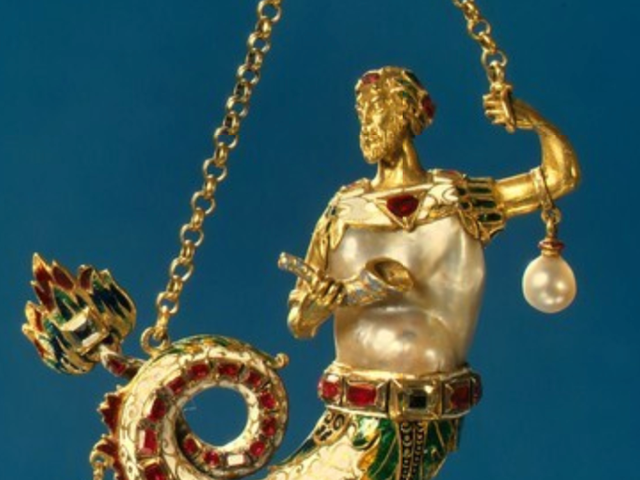Before the exhibition “L’art des peuples italiques du 3,000 au 300 J.C.” closed at the Mona Bismarck Foundation in Paris and previously at the Musée Rath, Geneva, on 30 April, the show stood accused of containing fakes of Sardinian objects. The alarm has been raised by Giovanni Lilliu, a member of Italy’s prestigious Accademia dei Lincei and a veteran expert on the archaeology of Sardinia, in the newspaper L’Unione Sarda.
The objects in the exhibition, which included statuettes in metal and stone, decorated vases and ceramics, weapons and utensils, and bronze, gold and amber jewellery, had been loaned from private collections in Zurich and Geneva and four Swiss museums. They date to the pre-Christian settlement of Italy by the Italic peoples, including the Sardinians. Lilliu explains in his article, “I was asked to examine the suspect Sardinians objects by the Ministero dei Beni Culturali after it had been informed about their presence in the Paris exhibition. Some were possible fakes, others probably the result of clandestine excavations, and I gave my opinion on the basis of the exhibition catalogue”. Of the forty-three Sardinian pieces examined by Lilliu (nineteen anthropomorphic and ten zoomorphic figurines in bronze or lead, seven weapons, three vessels, one model of a boat, and three objects of symbolic or ritual importance), more than half were considered fake. All forty-three came from private collections: thirteen from that of George Ortiz in Geneva, nine owned by the anonymous P.N. of Geneva, nine from U.G. of Basel and one from J.E.F.C. in Geneva. Lilliu has supplied the ministry with detailed reports, comparing them with known authentic Nuragic bronzes. “He comments, “From my experience, the manufacture of the Sardinian fakes has taken place in one or more workshops away from the island, linked to the channels trafficking in illegally excavated material”. He goes on to suggest that they might be in Switzerland, even in Geneva itself.


